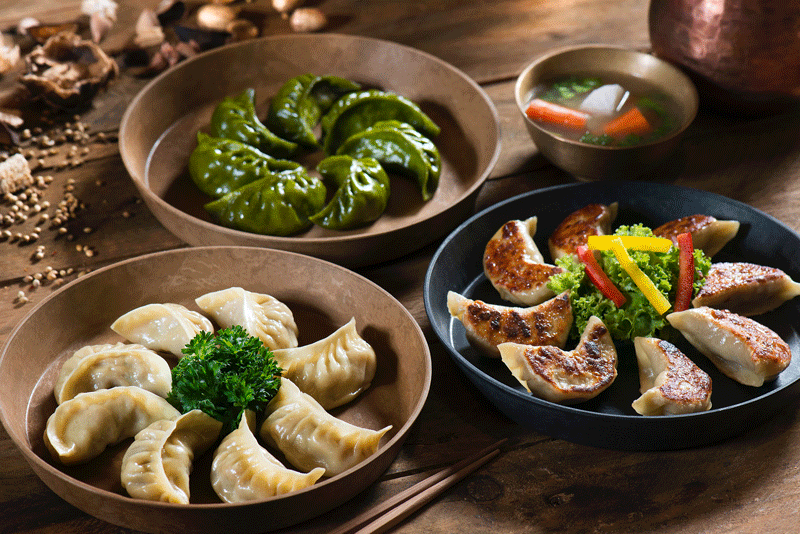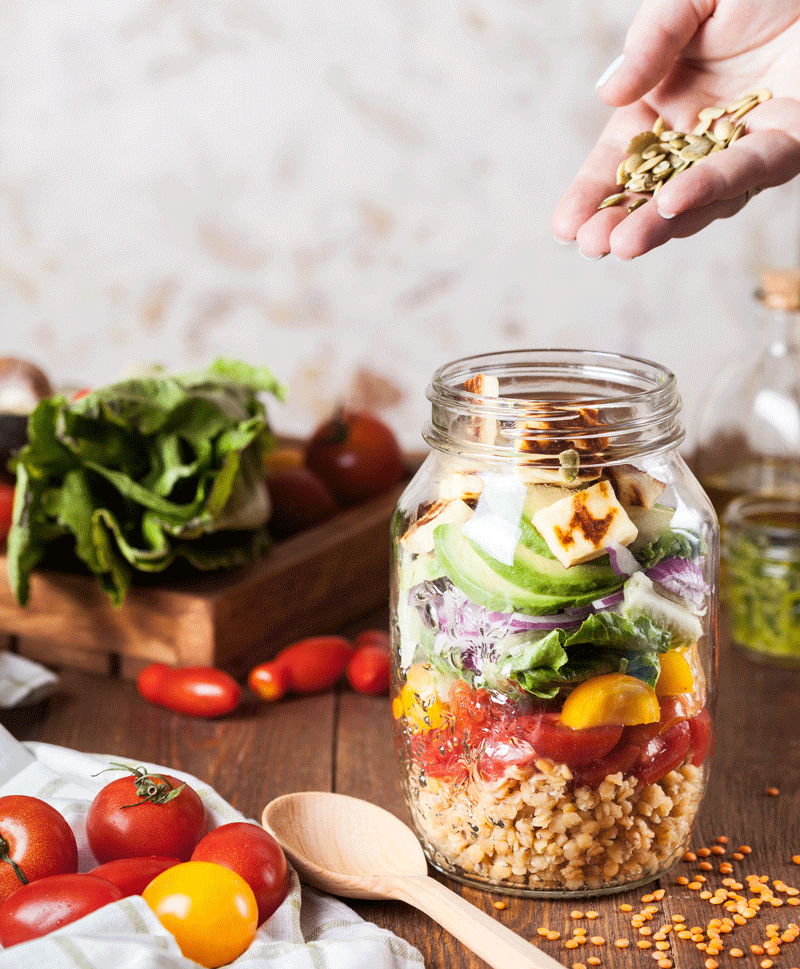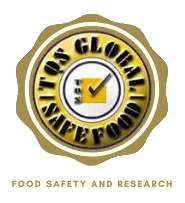
Shelf Life Study
Shelf life is the length of time that foods, beverages, pharmaceutical drugs, chemicals, and
many other perishable items are given before they are considered unsuitable for sale, use,
or consumption. In some regions, a best before, use by or freshness date is required on
packaged perishable foods.
Shelf life is the recommendation of time that products can be stored, during which the defined
quality of a specified proportion of the goods remains acceptable under expected (or specified)
conditions of distribution, storage, and display.
Most shelf life dates are used as guidelines based on normal and expected handling and
exposure to temperature (Instead we can say environment condition). Use prior to the
expiration date does not necessarily guarantee the safety of a food or drug, while a product is
not always dangerous, or ineffective after the expiration date.
Moisture vapor transmission rate (MVTR), also water vapor transmission rate (WVTR)
Moisture vapor transmission rate (MVTR), also water vapor transmission rate (WVTR), is a
measure of the passage of water vapor through a substance.
There are many industries where moisture control is critical. Moisture
sensitive foods and pharmaceuticals are put in packaging with controlled MVTR to achieve the
required quality, safety, and shelf life. In clothing, MVTR as a measure of breathability has
contributed to greater comfort for wearers of clothing for outdoor activity. The building
materials industry also manages the moisture barrier properties in architectural components to
ensure the correct moisture levels in the internal spaces of buildings.
Carbon dioxide transmission rate (COTR)
Carbon dioxide transmission rate (COTR) is the measurement of the amount of carbon dioxide gas that passes through a substance over a given period. It is mostly carried out on non- porous materials, where the mode of transport is diffusion, but there are a growing number of applications where the transmission rate also depends on flow through apertures of some description.
Oxygen transmission rate (OTR)
Oxygen transmission rate (OTR) is the measurement of the amount of oxygen gas that passes
through a substance over a given period. It is mostly carried out on non-porous materials,
where the mode of transport is diffusion, but there are a growing number of applications where
the transmission rate also depends on flow through apertures of some description. It relates to
the permeation of oxygen through packaging to sensitive foods and pharmaceuticals.
At equilibrium, the relationship between water content and equilibrium humidity of a material
can be displayed graphically by a curve, the so-called moisture sorption isotherm. For each
humidity value, a sorption isotherm indicates the corresponding water content value at a given,
constant temperature. If the composition or quality of the material changes, then its sorption
behaviour also changes. Because of the complexity of sorption processes, the isotherms cannot
be determined by calculation, but must be recorded experimentally for each product.
The relationship between water content and water activity (aw) is complex. An increase in aw is
usually accompanied by an increase in water content, but in a non-linear fashion. This relationship between water activity and moisture content at a given temperature is called the
moisture sorption isotherm. These curves are determined experimentally and constitute the
fingerprint of a food system.
Packaging
Packaging is an essential medium for preserving food quality, minimising food wastage, and
reducing preservatives used in food. The packaging serves the important function of containing
the food, protecting against chemical and physical damage whilst providing information
essential to consumers and marketers.
The ability of a package to control the permeation and penetration of gasses is vital for many
types of products. Tests are often conducted on the packaging materials but also on the
completed packages, sometimes after being subjected to flexing, handling, vibration, or
temperature.

Product Optimisation
Product Optimisation is the practice of making changes or adjustments to a product to make it
more desirable.
A product has a number of attributes. For Example, a soda bottle can have different packaging
variations, flavours, and nutritional values. It is possible to optimise a product by making minor
adjustments. Typically, the goal is to make the product more desirable and to increase
marketing metrics such as Purchase Intent, Believability, and Frequency of Purchase etc.
Methods
Multivariate optimisation is one of the most common methods for product optimisation. In this method, multiple product attributes are specified and then tested with consumers. Due to complex interaction efforts between different attributes (for example, consumers frequently associate certain flavours with packaging colours), it is problematic to use mathematical methods, such as Conjoint Analysis, typically used in industrial process optimisation.

Monitor & Control Pathogens
There is a large multitude of issues food processing plants face when it comes to managing the
micro biome in the production environment or finished food products, including pathogen
outbreaks. Food products processing facilities can become contaminated by a number of
pathogenic bacteria, including Salmonella, shiga-toxin producing E. coli, Listeria, Staphylococcus
and many more. Furthermore, the physical and metabolic characteristics of each bacteria can
be very strain dependent. Effective preventive steps or remediation of a pathogenic defect
must be tailored to the specific strain, finished food product, and processing environment.
TQS Global offers advanced and method approved food safety testing, including APC, E.
coli, coliforms, indicator organisms, and pathogen testing specific to the food industry.

